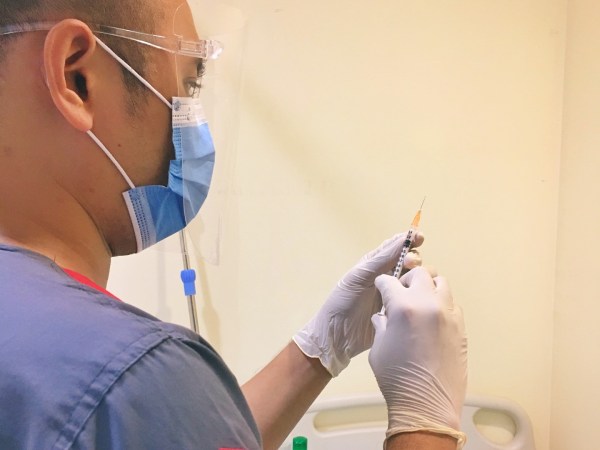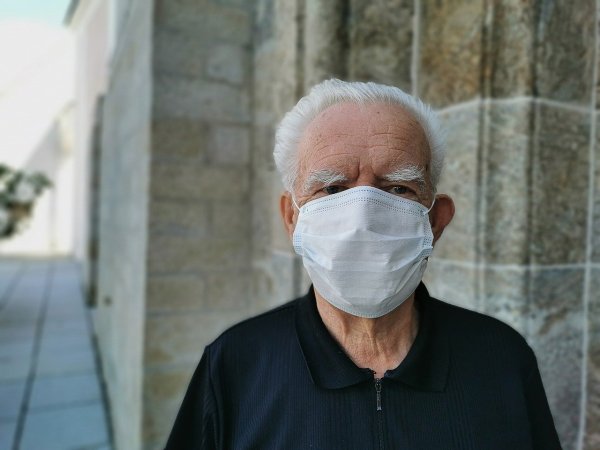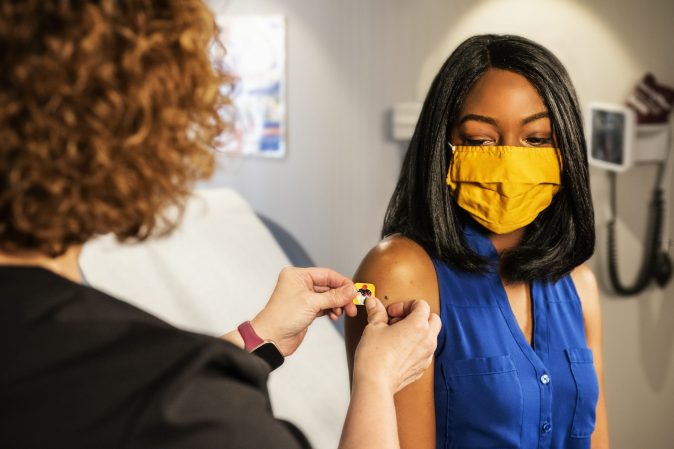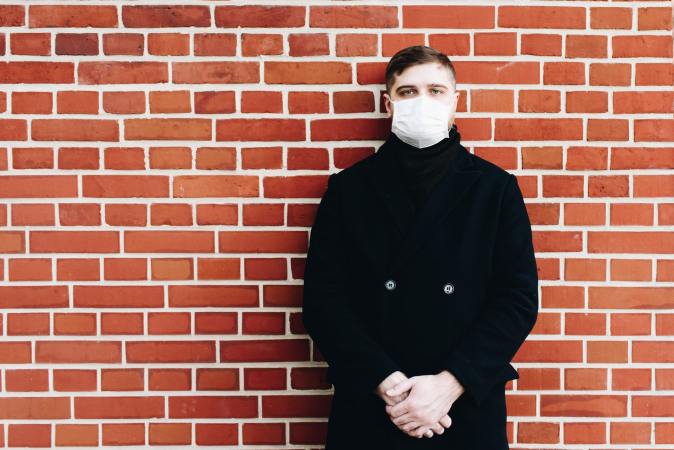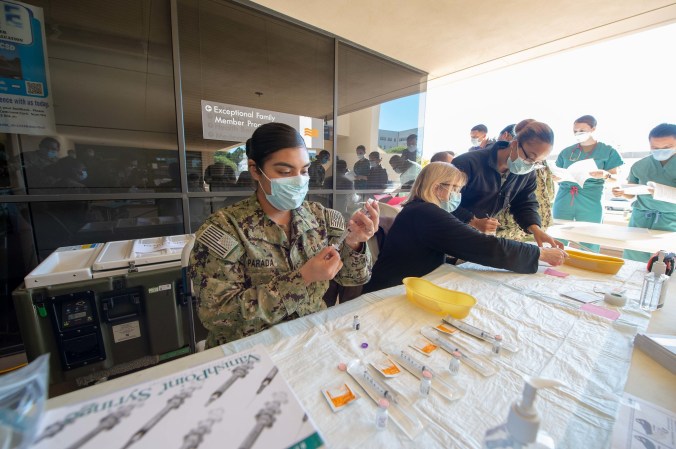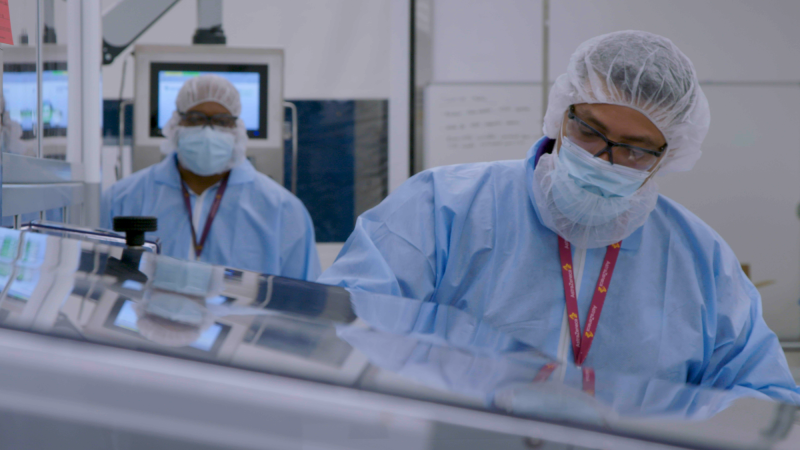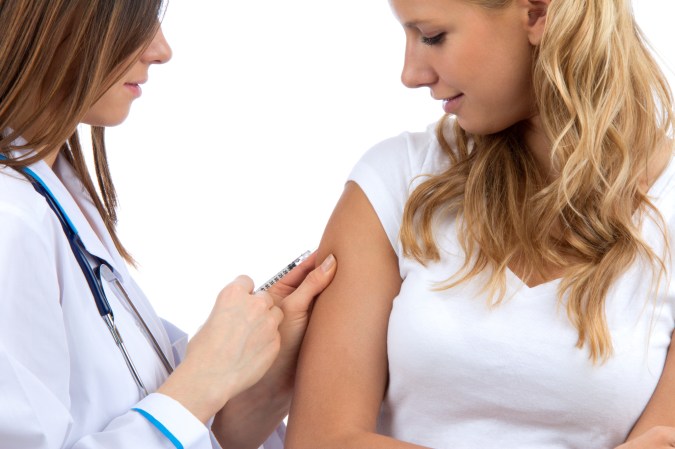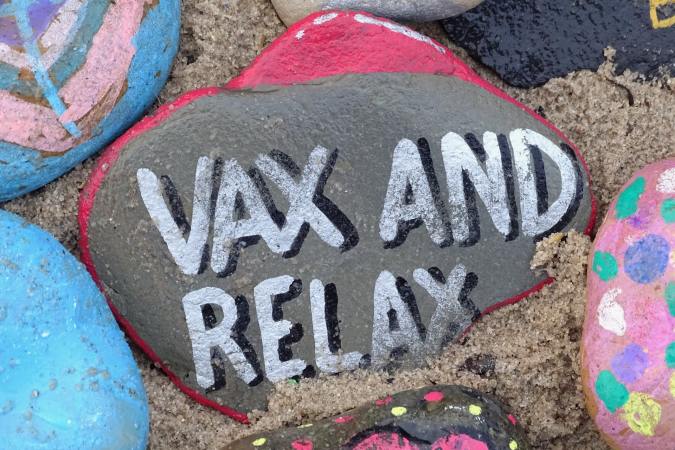

Since mid-December, the highly contagious Omicron variant of the novel coronavirus has dominated the latest surge in COVID-19 cases across the US. However, growing evidence is painting a picture of a variant that is less virulent than earlier versions of the virus, particularly among vaccinated people. Although Omicron is often described as mild, this variant still poses a very real danger, particularly for people whose age or medical conditions put them at higher risk of becoming very sick with COVID-19.
An unpublished study of nearly 70,000 Southern Californians posted on January 11 to medRxiv found that people who caught Omicron were hospitalized at lower rates, had shorter hospital stays, and were less likely to be admitted to the ICU or die than Delta patients. Even among unvaccinated people, those with Omicron infections were less likely to be hospitalized than those who caught the Delta variant.
The findings haven’t yet been peer reviewed, but are consistent with data from other countries, including a January 14 report from South Africa’s National Institute of Communicable Diseases. Researchers determined that prior infection and vaccination deserved much of the credit for protecting Omicron patients, but even unvaccinated people were less likely to become dangerously sick with Omicron compared to previous variants. Meanwhile, experiments in animals and cell cultures suggest that the strain might pack less of a punch because it primarily infects the upper airways rather than the lungs.
These studies all offer encouraging news. But this doesn’t mean that vaccinated, generally healthy individuals should write Omicron off as nothing to worry about, experts say.
“We need to be cautious in not celebrating this,” says Sam Torbati, the co-chair and medical director of emergency medicine at Cedars-Sinai Medical Center in Los Angeles. Health officials and the public should be “aware that this disease is still a major problem and it’s going to continue to have a significant impact for populations that are at high risk.”
“When hospitals are filling up and emergency rooms and ICUs may be overwhelmed, you need to take it seriously even if the expectation is that you might have mild disease.”
— Brian Stein, Rush University Medical Center in Chicago
Since the beginning of the pandemic, hospital records have shown that the dangers of COVID-19 aren’t equally felt across the US population. Among the conditions that make individuals more vulnerable to serious illness from COVID-19 are cancer, diabetes, chronic lung disease, and heart issues. Those who are immunocompromised or pregnant are also at higher risk. Additionally, people with lower incomes and many racial and ethnic minority groups have faced a disproportionate burden from the disease.
Many of the conditions that put people at higher risk for severe COVID-19 are by no means rare. For example, more than 34 million Americans have diabetes, 16 million have chronic obstructive pulmonary disease (COPD), and about 18.2 million adults aged 20 and older have coronary artery disease.
[Related: Omicron is causing record hospitalizations among the young and elderly]
“Perhaps in young, healthy patients [Omicron] won’t cause the same type of mortality that we saw with previous variants,” says Torbati. “But it’s still a big player when it comes to patients who have risk factors for advanced disease: people who have underlying medical conditions, especially older patients, and people who are not vaccinated.”
About 13 percent of US adults still haven’t received COVID-19 vaccines. “Just based on the number of unvaccinated people out there, or older people with significant comorbidities, it’s not that reassuring,” says Brian Stein, a pulmonary and critical care physician and chief quality officer for Rush University Medical Center in Chicago. “You might have a better outcome, but you still can get very sick from this.”
The emerging data on hospitalizations and preliminary lab experiments on Omicron has led to the message that this variant is more “mild” than its predecessors.
“It’s not that Omicron is mild as such; it’s milder than previous variants, and it’s particularly milder in vaccinated people,” says Edward Jones-Lopez, an infectious disease specialist at Keck Medicine of USC.
Thinking of Omicron as mild can create a false sense of security. There are even some reports of people wanting to get infected to “get it over with.” But even healthy, vaccinated individuals can be in for a rough few days if they catch Omicron—and more research is needed to determine how likely the variant is to trigger long COVID.
“You can look at population health data to say, ‘It’s mild on average, I probably won’t need to go to the hospital,’” Stein says. “You might not get sick, but you don’t know that for certain; the chance is not zero.”
“The jury is still out on what’s going to happen with the next variants—and there are going to be more variants.”
— Edward Jones-Lopez, Keck Medicine of USC
In a Q&A live streamed last week, Mike Ryan, the director of the World Health Organization’s health emergencies program, noted that hundreds of thousands of people around the world have been hospitalized with the Omicron variant. “We can definitely say that an Omicron variant causes, on average, a less severe disease in any human being—but that’s on average,” he said.
And then there’s the high transmissibility. “You have plenty of people out there who are healthy, fully vaccinated, and boosted who actually develop mild symptoms, but they can still infect other people who might not be so lucky,” Stein says.
“When we’re seeing large-scale transmission like this in communities, when hospitals are filling up and emergency rooms and ICUs may be overwhelmed, you need to take it seriously even if the expectation is that you might have mild disease,” he adds.
[Related: What does it mean for Omicron to peak?]
Skyrocketing COVID-19 cases are putting many immunocompromised people in an especially dangerous position right now, as well as causing staffing shortages in hospitals, businesses, and schools and straining healthcare systems. “At some point you overwhelm your emergency rooms and hospitals. If you should need other care, it may not be available to you,” Stein says. “That always should be a concern when you have widespread transmission in the community, even of a milder variant.”
And just because Omicron seems to be less deadly than previous strains does not mean that this pattern will continue in the future. “The jury is still out on what’s going to happen with the next variants—and there are going to be more variants,” Jones-Lopez says. “This is what these bugs do, they are constantly mutating to avoid human interventions.”
We don’t know yet what the next variant of SARS-CoV-2 will bring, Torbati says, making it important to plan for all possibilities. “I think we need to be cautious and ask ourselves, ‘What is the worst-case scenario?’” he says. “How are we going to make sure that we minimize the impact of a virus that potentially is just as infectious as Omicron, but potentially far more virulent?”
“Everybody is responsible for managing and doing their part with this pandemic.”
— Sam Torbati, Cedars-Sinai Medical Center in Los Angeles
Going forward, updated COVID-19 vaccines may also target Omicron or other variants. But in the meantime, the currently available shots still offer powerful protection against becoming seriously ill with Omicron, even if they’re somewhat less effective at warding off breakthrough infections that we’ve been seeing with this variant. “Getting vaccinated and getting boosted are your best defenses from a medical standpoint,” Stein says. Widespread vaccination is crucial for limiting the emergence of new variants as well.
Additionally, Torbati points out, “vaccination doesn’t just help the younger individual; it helps them protect their loved ones who are older or have risk factors for [severe] disease.”
In addition to vaccines and treatments such as monoclonal antibodies, the preventative measures that people have been relying on throughout the pandemic remain crucial. Last week, the CDC reinforced the use of well-fitted masks in an updated guide to protective face coverings, particularly emphasizing the effectiveness of N95s and K95s in light of surging cases. “The same tenets around masking, avoiding large gatherings, and social distancing all still hold true with respect to slowing down the spread,” Stein says. “I don’t think the message really has changed with respect to what we need to do.”
The Omicron wave may have started to peak in states where the new variant struck earliest, and seems to be subsiding in South Africa, where the strain was first reported in November. It’s possible this may represent a turning point in the pandemic, says Jones-Lopez, although he cautions, “we still have to hang in there a few more months and see what this is going to do.”
For now, Omicron still represents a public health crisis across the US. For people whose age or other health conditions put them at risk for severe COVID-19, now is a time to be especially cautious, Torbati says. But that doesn’t mean that everyone else should relax their guard.
“Everybody is responsible for managing and doing their part with this pandemic, and nobody can say, ‘Oh, it’s not going to affect me, it’s not my problem,’” Torbati notes. “It’s the entire world’s problem…and the entire population needs to step up.”



